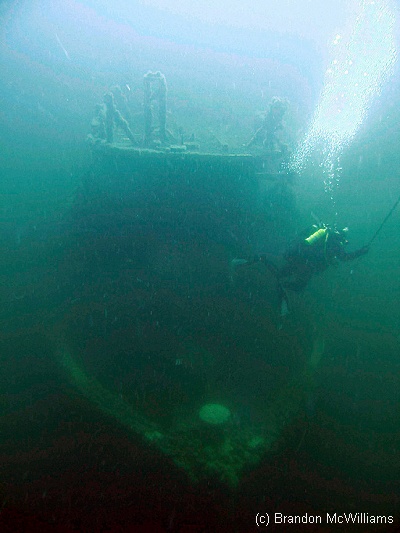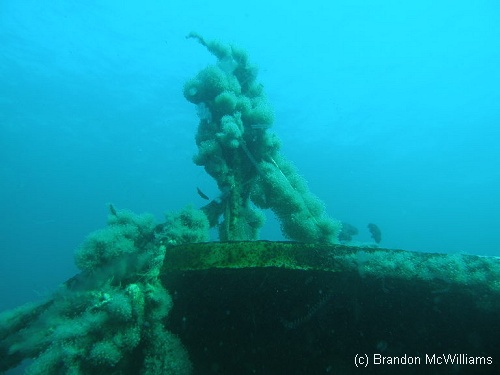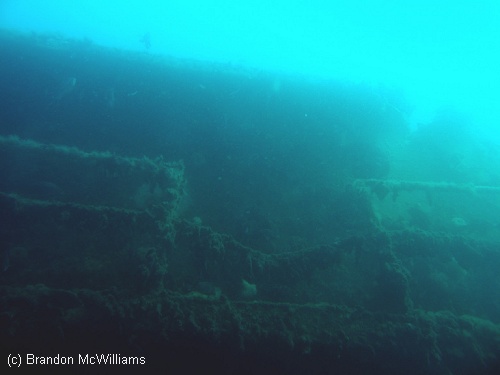John Marvin

- Type:
- shipwreck, clam dredge, USA
- Built:
- 1951, RTC Shipbuilding, Camden NJ, USA, as Maidstone
- Specs:
- ( 120 ft ) 227 gross tons, 5 crew
- Sunk:
- Thursday January 16, 1992; winter storm - no casualties
- Depth:
- 70 ft

The John Marvin sank in the same storm as the Valerie E off Long Island. The storm was a surprise "Nor'easter" ( as the TV weathermen are so fond of calling everything nowadays ) that dumped a pile of snow on the region, caused considerable flooding, and quickly raised ten-foot-plus seas, catching the fishing fleet off-guard and scrambling for safe harbors. Not all of them made it.
The Coast Guard got the John Marvin's entire crew off safely just minutes before the vessel went down. With no casualties, no search, and no mystery, the incident scarcely even made the news - merely a footnote in a report on the Valerie E; and the vessel not even named, in the Asbury Park Press.





262584

Questions or Inquiries?
Just want to say Hello? Sign the .